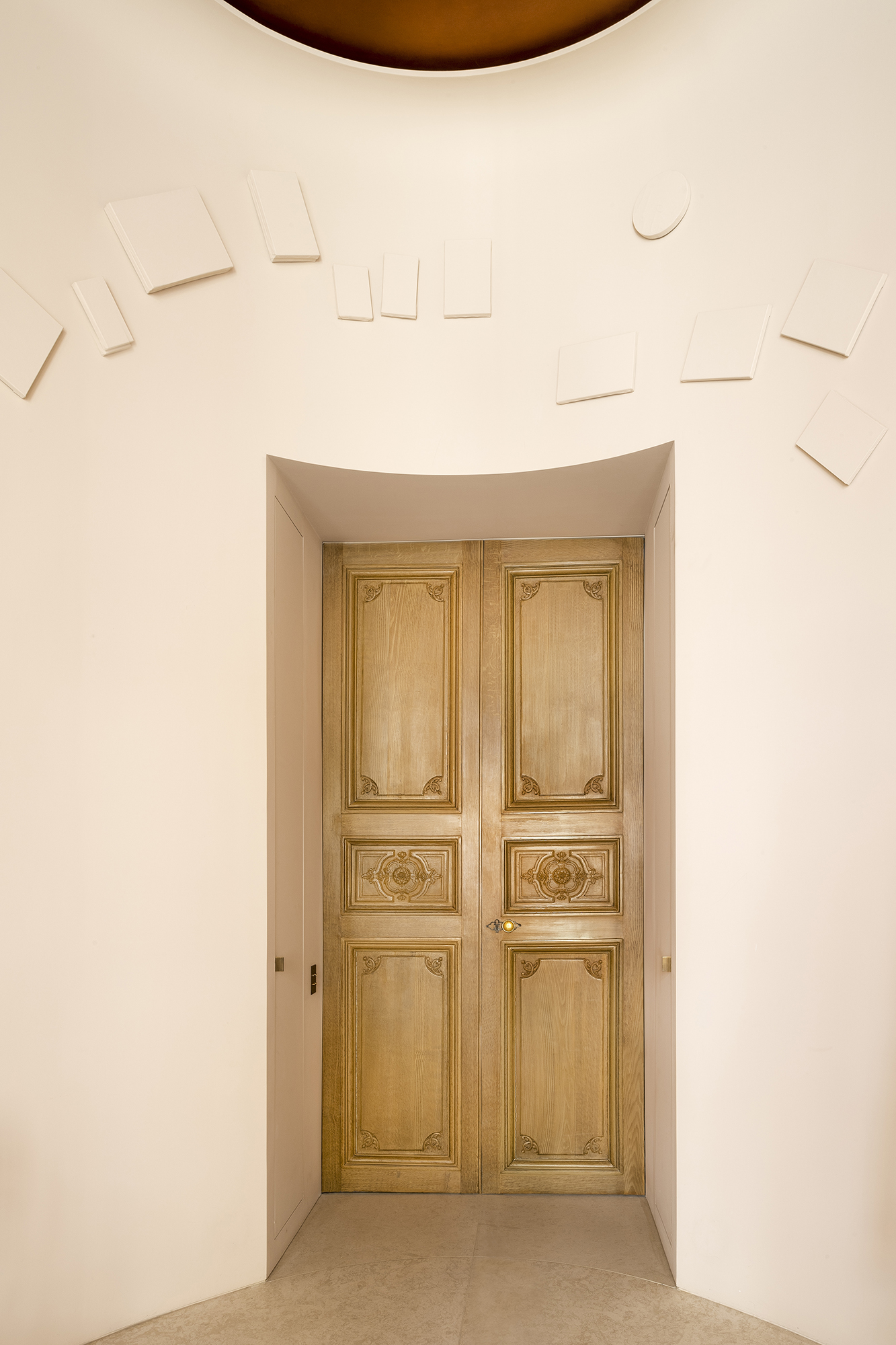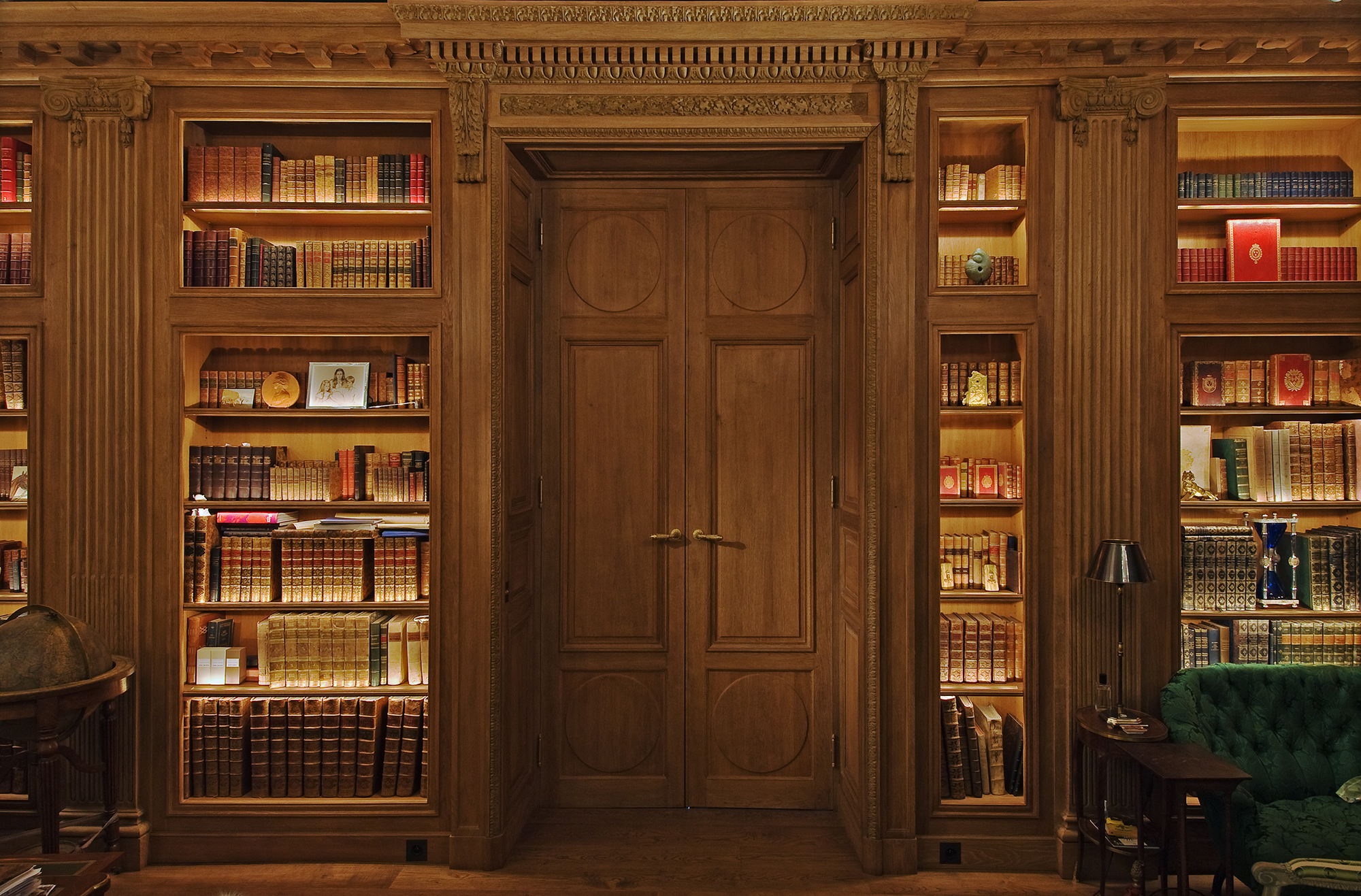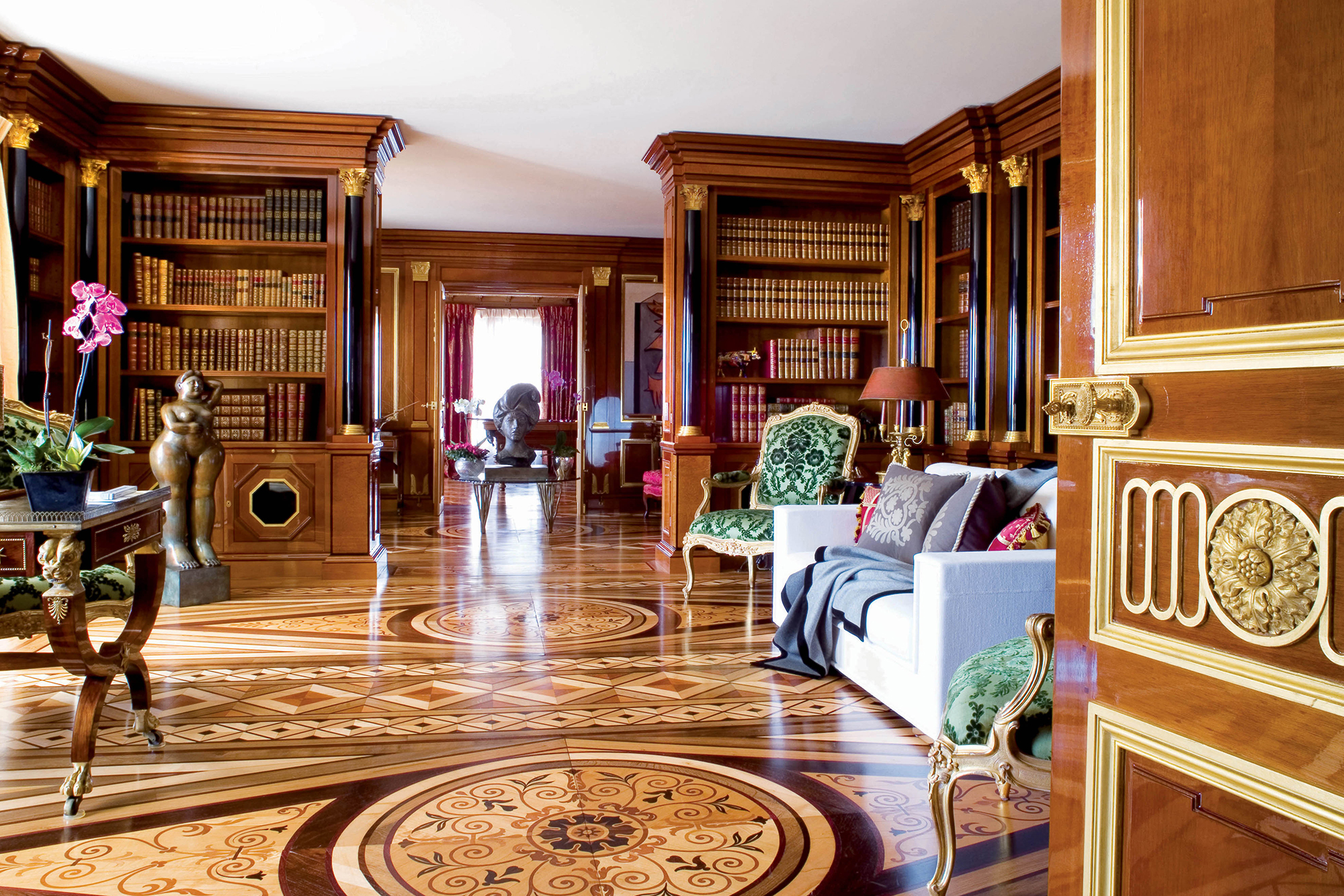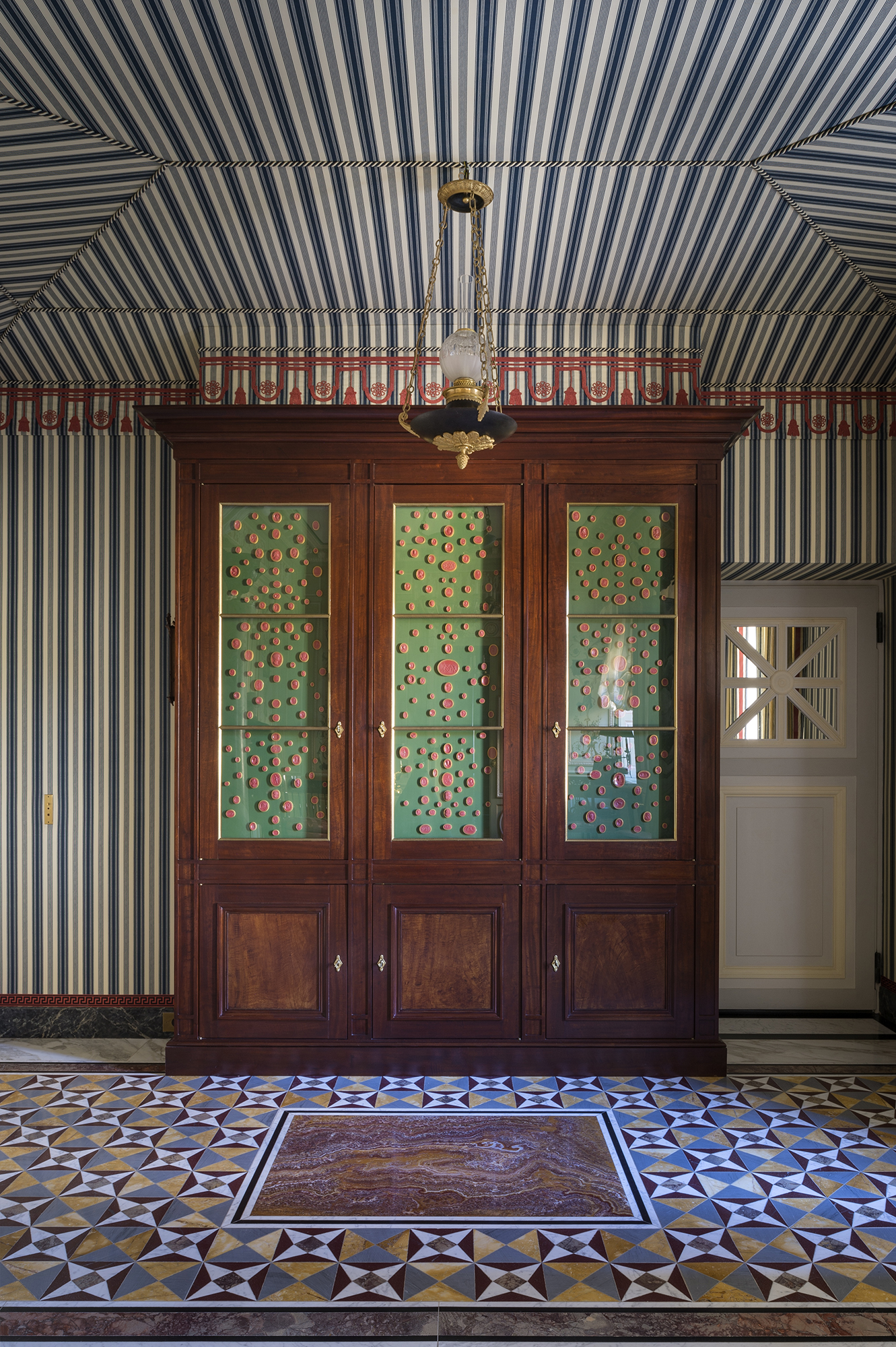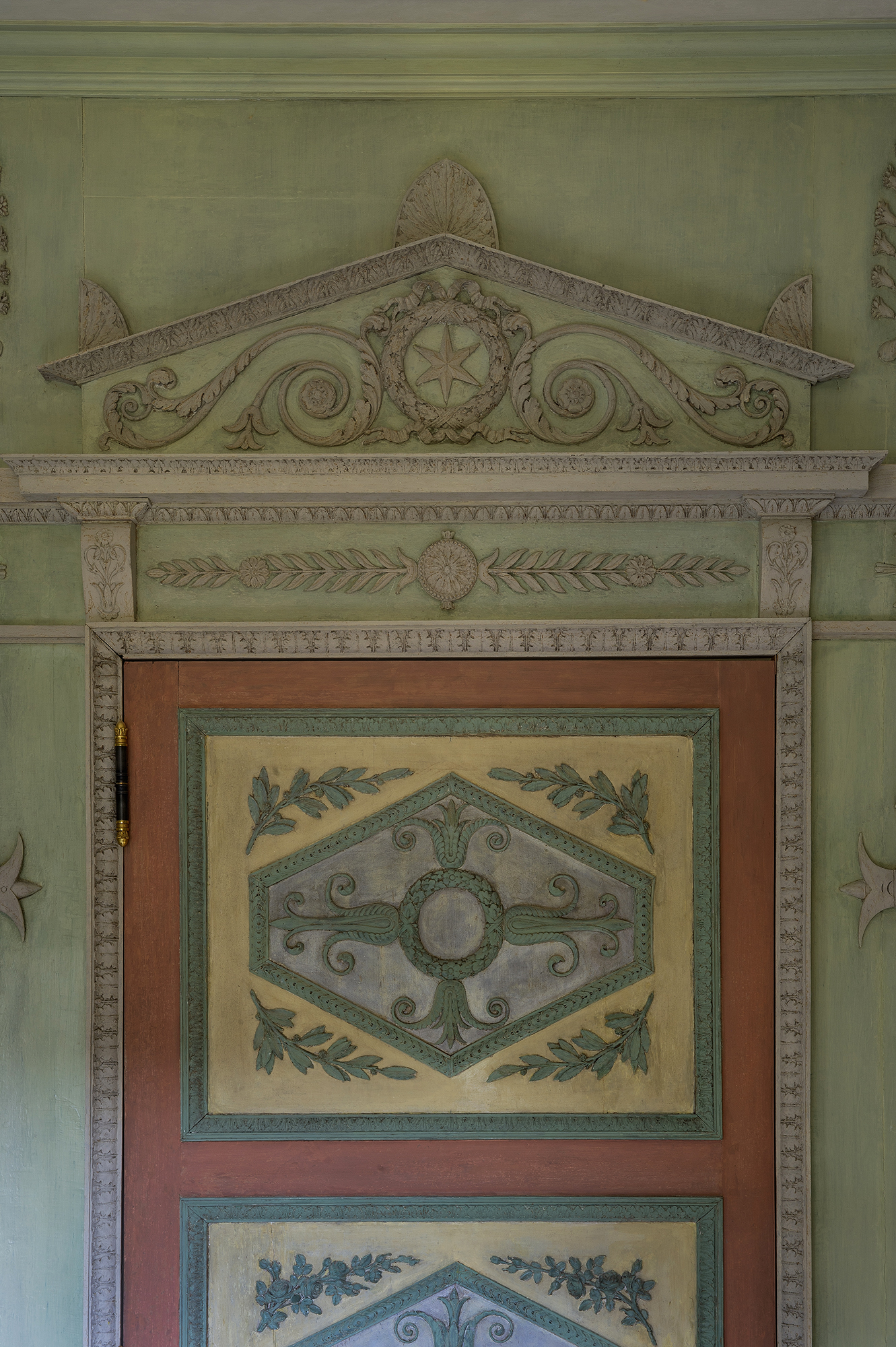Preferences by purpose
Functional cookies - Always active
Functional cookies used on our website enable basic functions such as the browsing of the various pages of the website and help to keep the website running smoothly. These functional cookies are essential to the proper functioning of the website and cannot be disabled.
Read more
Website customization cookies - Always active
Customization cookies offer an enhanced functionality to adapt and customize the website presentation in view of the browsing preferences that you provide with on the website (language choice, time zone, etc.). These customization cookies are essential to the proper functioning of the website and cannot be disabled.
Read more
Website audience and attendance cookies - Always active
Google Analytics - Website audience and attendance cookies allow to anonymously determine the number of visits, to identify our pages visited by users, etc. and to analyze traffic on our website. This information then allows us to improve the performance of our website.
Read more
Social media cookies
The social networks Facebook, Instagram, Youtube and LinkedIn may use cookies through our website. We do not participate in the storage or reading of these cookies and recommend you to consult the conditions of use, legal notices and privacy policies of these social networks.
Read more




